What Is Brand Monitoring? The Ultimate 2025 Guide + Top Tools
Brand monitoring tracks what’s being said about your brand online. Explore this 2025 guide to mastering brand monitoring and finding the right tools.
January 14, 2025
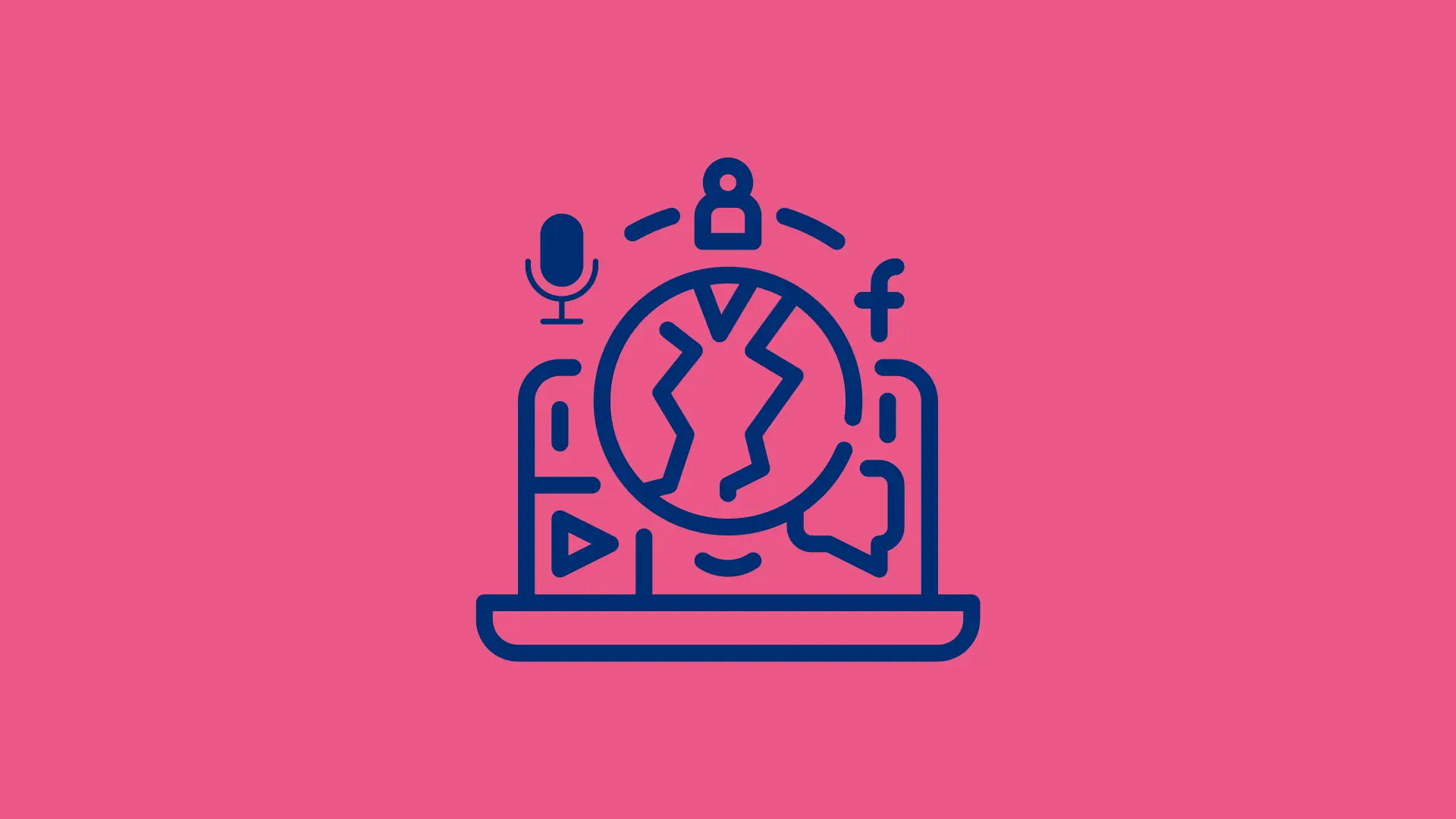
Social media, review sites, blogs, news outlets—there's no shortage of places where people talk about your brand.
Miss those conversations, and you risk losing customers or overlooking great content opportunities.
Brand monitoring helps solve this problem. It turns scattered online mentions into useful insights and helps you see the complete story behind the data.
Want to set up brand monitoring that actually works? This guide breaks down everything you need to know—from tracking the right channels to picking tools that fit your needs.
What is brand monitoring?
Brand monitoring tracks what's being said about your brand online.
The goal is to turn social posts that talk about your brand, reviews, news mentions, and customer conversations into data you can analyze and use.
Here’s how it works in practice.
Let's say your company launches a new product. Brand monitoring would show you:
How many people are talking about it online
What they like and don't like about it
Whether the overall sentiment is positive or negative
Which features get the most attention
Where these conversations are happening
For example, Coca-Cola introduced its new Spiced flavor in early 2024.
Using Talkwalker’s free Social Media Search tool, you can see how people talked about it online and assess the overall sentiment of those conversations.
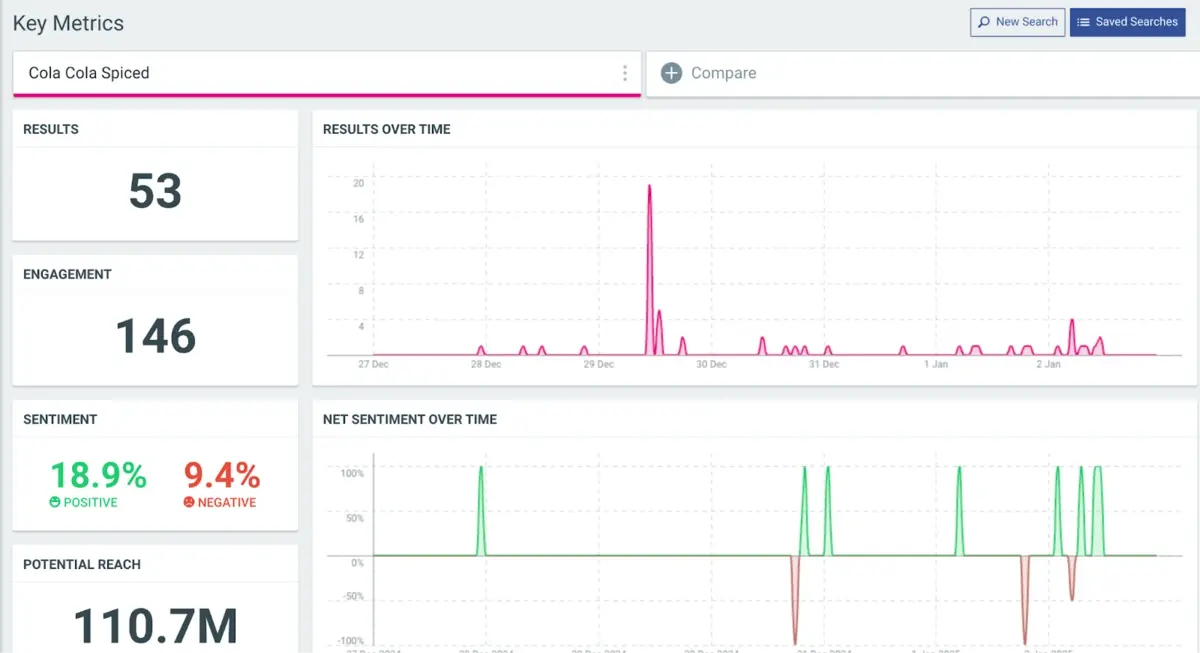
You can also find specific posts that mention the new product, engage with the authors, or re-share them on your channels.
Why is brand monitoring important?
Tracking online brand mentions helps you inform business decisions, fuel your content marketing efforts, and prevent PR crises.
Let's look at how it helps in practice.
Identify problems before they turn into crises
Remember when United Airlines forcibly removed a passenger from an overbooked flight in 2017?
The video went viral on social media before the company even knew about the incident. By the time they responded, their stock had dropped nearly $1 billion in market value.
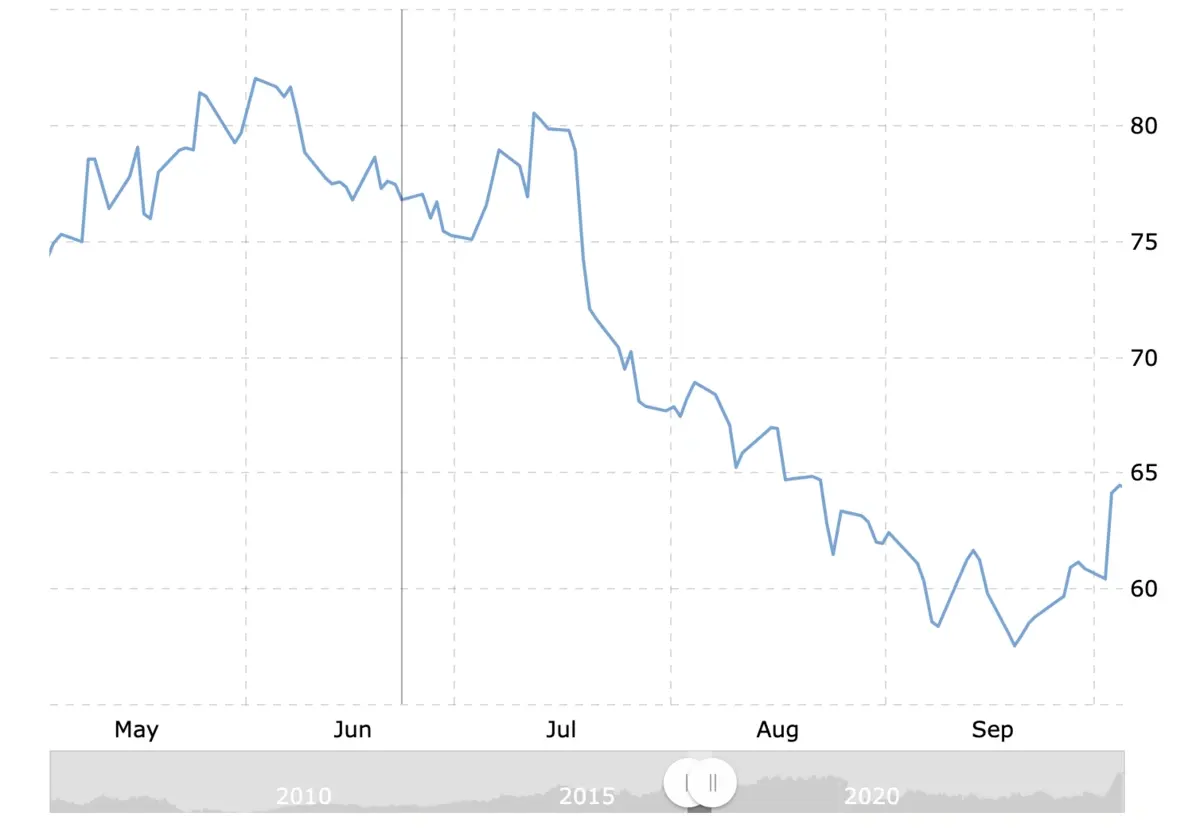
United Airlines Holdings Inc’ stock price history, April 2017 - Source: Macrotrends.net
Brand monitoring helps prevent such social media crises.
It alerts you when negative mentions spike or when influential accounts start discussing your brand. You can then assess the situation and respond before it escalates.
Find and amplify user-generated content
Customers create content featuring your brand—from unboxing videos to product reviews and humorous posts.
Marketers usually miss most of this UGC content without proper brand monitoring.
For example, when consumers share photos with Coca-Cola bottles, they often don't tag the company directly.
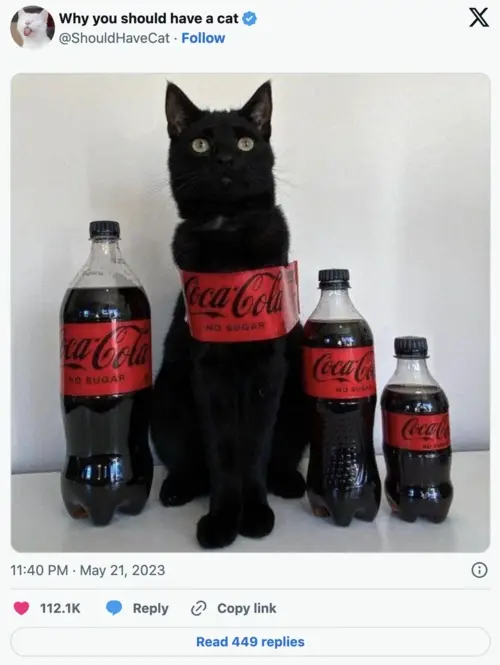
Image recognition in brand monitoring tools like Talkwalker helps find these posts even without text mentions.
You can then engage with creators and repurpose their content for your channels.
Improve products based on real feedback
Monitoring brand mentions also helps improve your product strategy.
It reveals common complaints, feature requests, and usage patterns that can help you build new features and add essential fixes to your products.
When Lululemon faced criticism about their yoga pants being too sheer in 2013, they initially missed the early warning signs in customer feedback.
The issue grew until they had to recall 17% of their pants, damaging both their stock value and reputation.
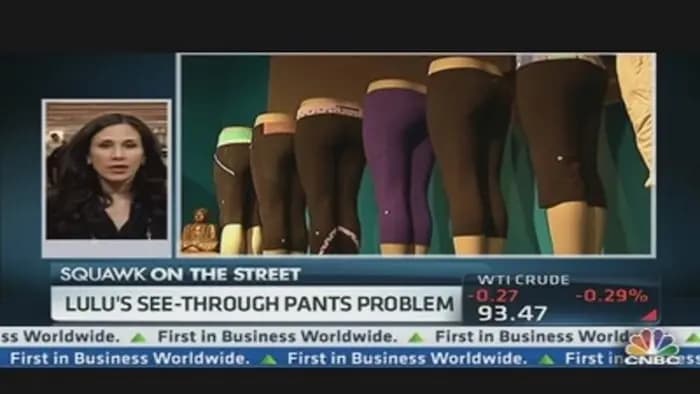
Source: CNBC
Proper monitoring could have caught these complaints early, allowing them to fix the quality issues before they became widespread.
Track industry changes and competitor moves
Brand monitoring can also help you stay ahead of market shifts. You can use it to spot:
New products your competitors launch
Changes in customer preferences
Rising trends in your industry
Gaps in the market you could fill
Take the #90DaysWithoutSoda trend on social media.
When people share their experiences giving up sodas, it gives brands like Coca-Cola direct insight into changing consumer preferences.
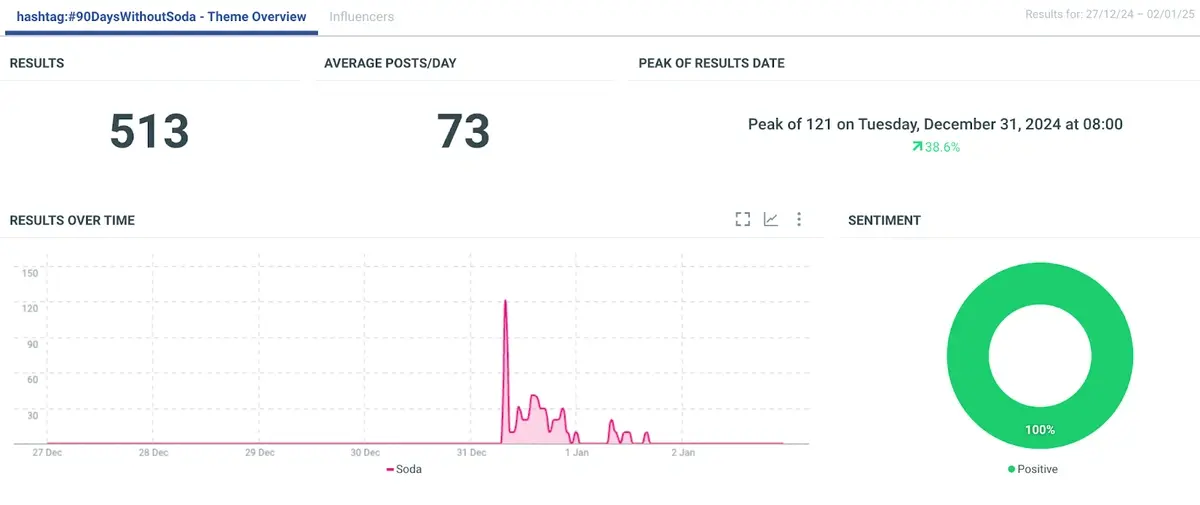
Understanding this trend can help soda brands modify their marketing messaging and product strategies.
Provide a better customer experience
Every unhappy customer who leaves costs you money in sales and marketing budget.
Brand monitoring helps catch problems early—before customers get frustrated enough to switch to your competitors.
It can also present an opportunity to build trust and show that your brand listens and responds.
Take The North Face's viral response to a customer complaint.
When a hiker posted on TikTok about getting soaked in their supposedly waterproof jacket, The North Face team took action.
They created a response video showing someone taking a helicopter to deliver her a new coat at the mountain top.
The creative response turned a negative review into a viral hit with 10.3M views and positive brand sentiment.
What brand elements should you monitor?
Here’s the thing: you need to track more than just direct mentions of your brand.
Modern brands appear in many forms—from product variations to marketing campaigns. Missing any of these elements means missing important conversations about your brand.
Let's look at what exactly you need to track for complete coverage.
Brand names and variations
Start by thinking about different ways people can reference your brand name.
To illustrate, Coca-Cola might want to track:
Different spellings: e.g., “Coca Cola” (without hyphen)
Abbreviations: e.g., “Coke”
Regional variations: e.g., “Cola”
Common misspellings: e.g., “Coca-kola”, “Coka-Cola”

Missing these variations risks overlooking important customer feedback and brand sentiment.
For example, here’s a post mentioning Coca-Cola with a brand name variation, but without tagging the official social media account:
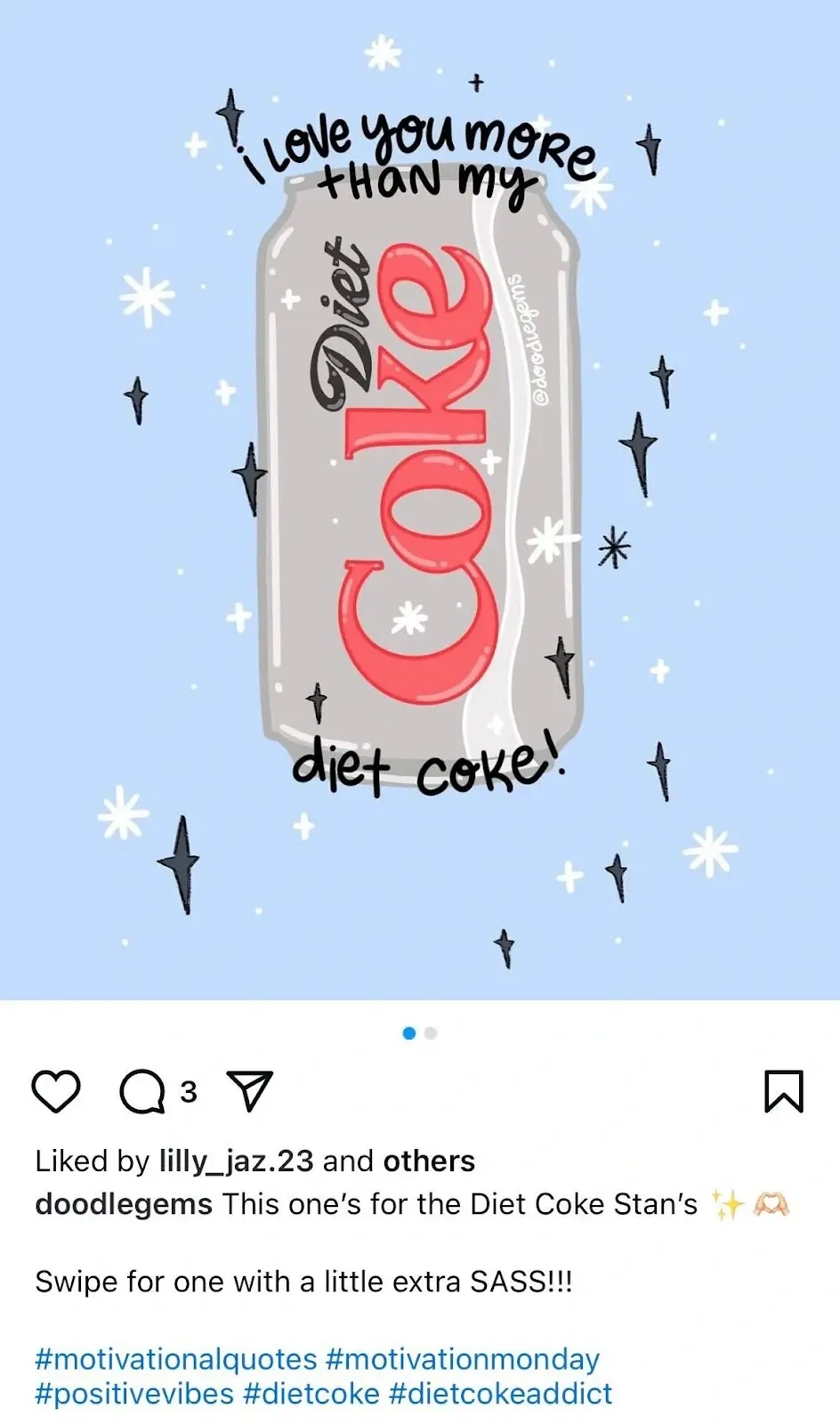
Products and services
Looking beyond brand name mentions helps you understand how people talk about specific products and features.
For instance, for Coca-Cola, monitoring product names might reveal how customers naturally discuss their drinks and various flavors.
Using different naming variations applies here too. While the company says "Coca-Cola Vanilla," customers might write "vanilla coke" or just "that new coke flavor."
The same goes for features and benefits - people rarely use official marketing terms when discussing products.
So, make sure to track both official product names and common variations. For Coca-Cola, this means monitoring:
Main product lines (Coke Zero, Diet Coke, Sprite, Fanta)
Product features ("zero sugar," "new spicy flavor")
Common nicknames ("cherry coke," "regular coke")
Related terms showing purchase intent ("where to buy," "tried the new")

For instance, here’s a Reddit post using the “Cherry coke” term:
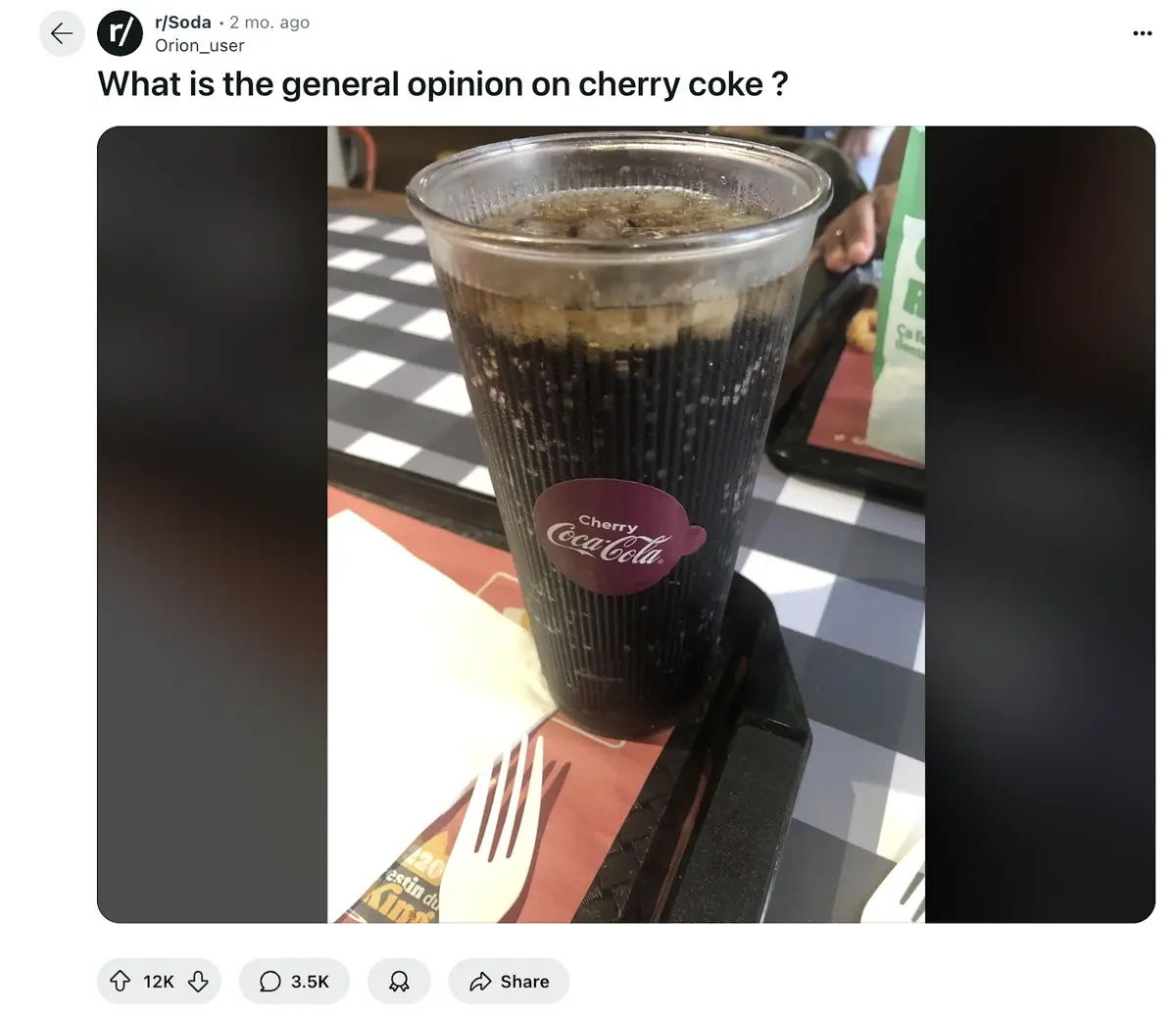
Campaign elements
Next, your marketing campaigns create their own language: hashtags, slogans, and special terms that people use to discuss your brand.
A famous example is Coca-Cola's #ShareACoke campaign, where the brand printed popular names on their bottles and encouraged people to share photos and even order custom bottles.
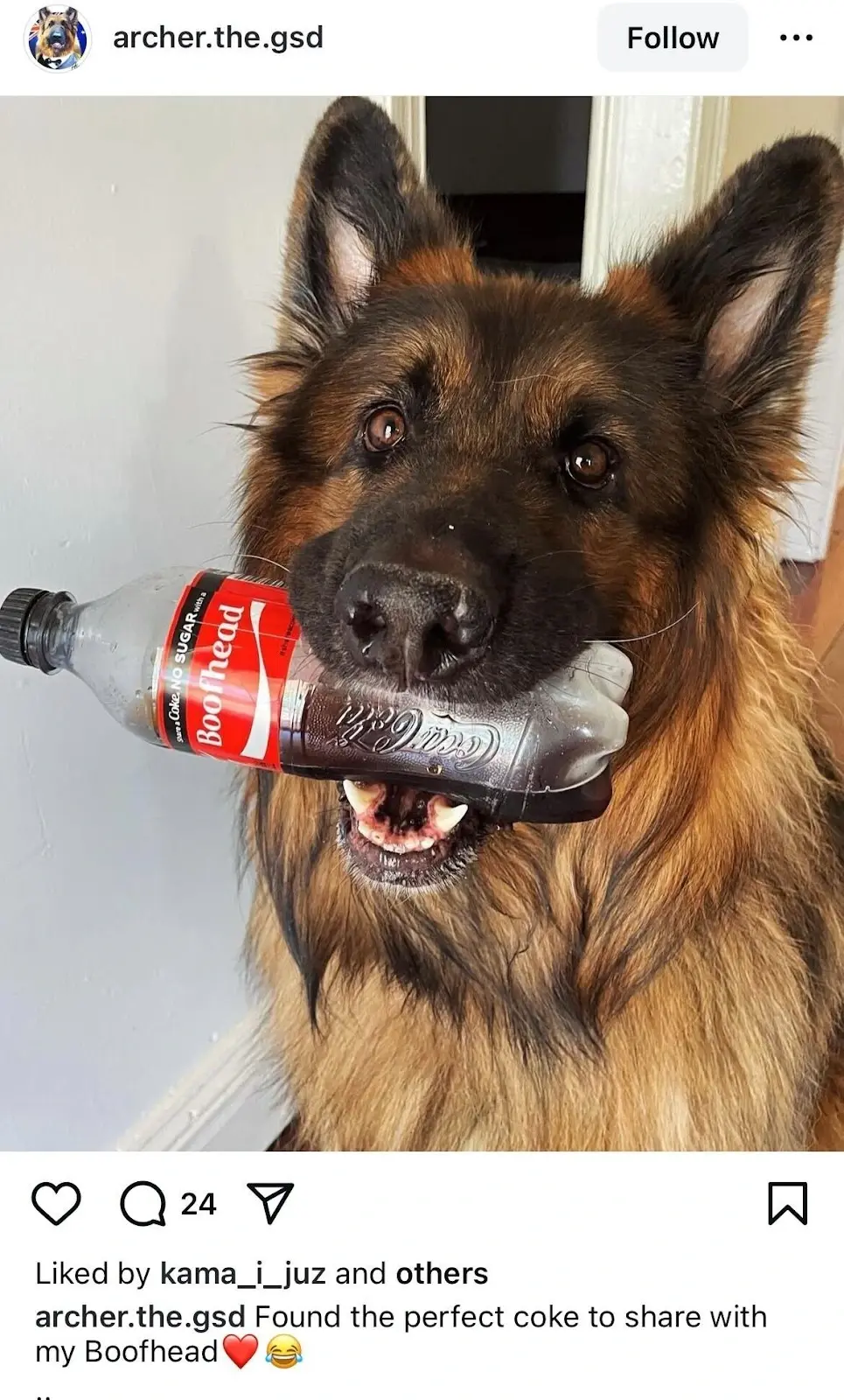
To track campaigns like this effectively, you need to monitor:
Campaign hashtags (e.g., “#ShareACoke”)
Marketing slogans and taglines
Special edition names
Seasonal themes (like Coke's holiday campaigns)
Partnership mentions (like the Cola-Cola and Jack Daniel's collaboration)

This helps measure campaign performance and spot any potential issues.
Besides, if a hashtag gets used differently than intended or a campaign phrase takes an unexpected turn, you'll want to know about it immediately.
McDonald's #GrimaceShake campaign is a great example here.
When users started posting horror-themed videos with the purple milkshake, McDonald's embraced the trend, and it became one of their most successful social media campaigns.
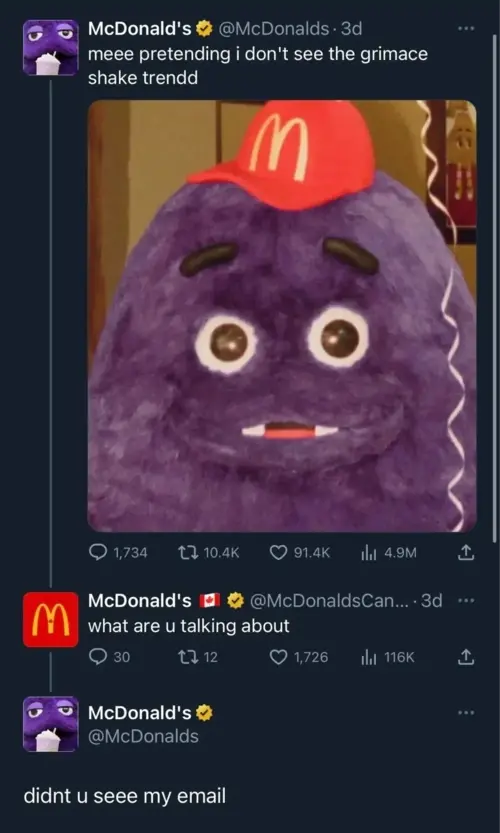
Source: Valley Central
Hashtags
Hashtags help track how conversations about your brand spread across social media.
While some hashtags are brand-created (like Coca-Cola's #ShareACoke), others emerge organically from customers and communities.
Take, for example, Red Bull's #PutACanOnIt campaign.
This campaign originated completely by accident when a photographer took a creative photo holding a Red Bull can over a Red Bull-branded Mini Cooper, making it look like the can was "creating" the car.
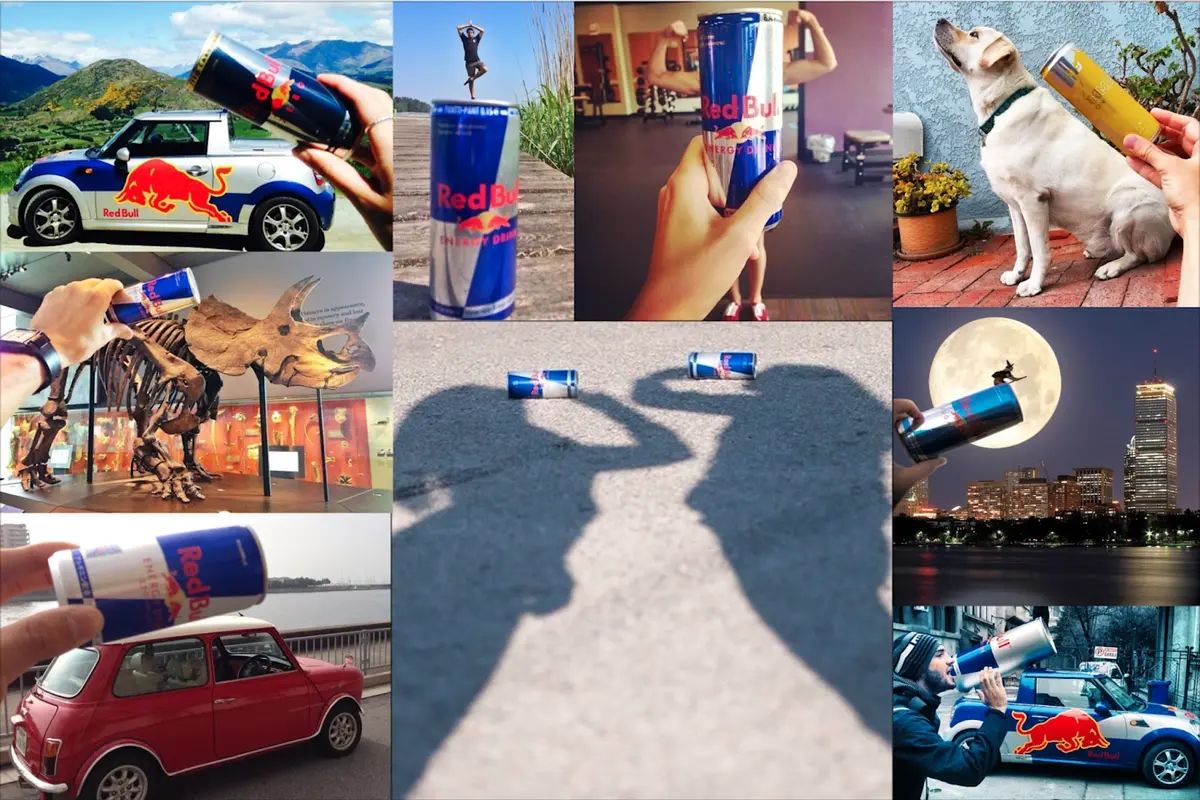
Source: AdAlong
Instead of shutting down this unexpected user creativity, Red Bull embraced the concept. They invited users to share their own creative photos using Red Bull cans in playful ways.
Here are the key types of hashtags you can monitor:
Official brand hashtags (e.g., “#CocaCola”, e.g., “#CokeStudio”)
Campaign-specific tags (e.g., “#RealMagic”)
Product launches (e.g., “#CokeSpiced”)
Event hashtags (e.g., “#WorldCup” when Coca-Cola sponsors)
Industry conversations (e.g., “#SodaIndustry”, “#RefreshingDrinks”)
Similarly to other terms, you should also track spelling variations in hashtags.
For example, during the FIFA World Cup, Coca-Could could be tracking #CocaColaWorldCup, #CokeWorldCup, and even misspellings to catch all relevant conversations.

Visual brand elements
Your brand also appears in photos and videos even when no one mentions it by name. For Coca-Cola, this means monitoring its key visual elements like:
The red and white logo
The distinctive bottle shape
Polar bears in winter campaigns
Product placement in videos and photos
Packaging design elements
Regular brand monitoring techniques can miss these visual mentions.
For example, when customers post photos of themselves with a Coke bottle but don't tag or mention the brand, you need image recognition technology to find this content.
However, tools like Talkwalker let you monitor all sorts of visual brand mentions automatically:
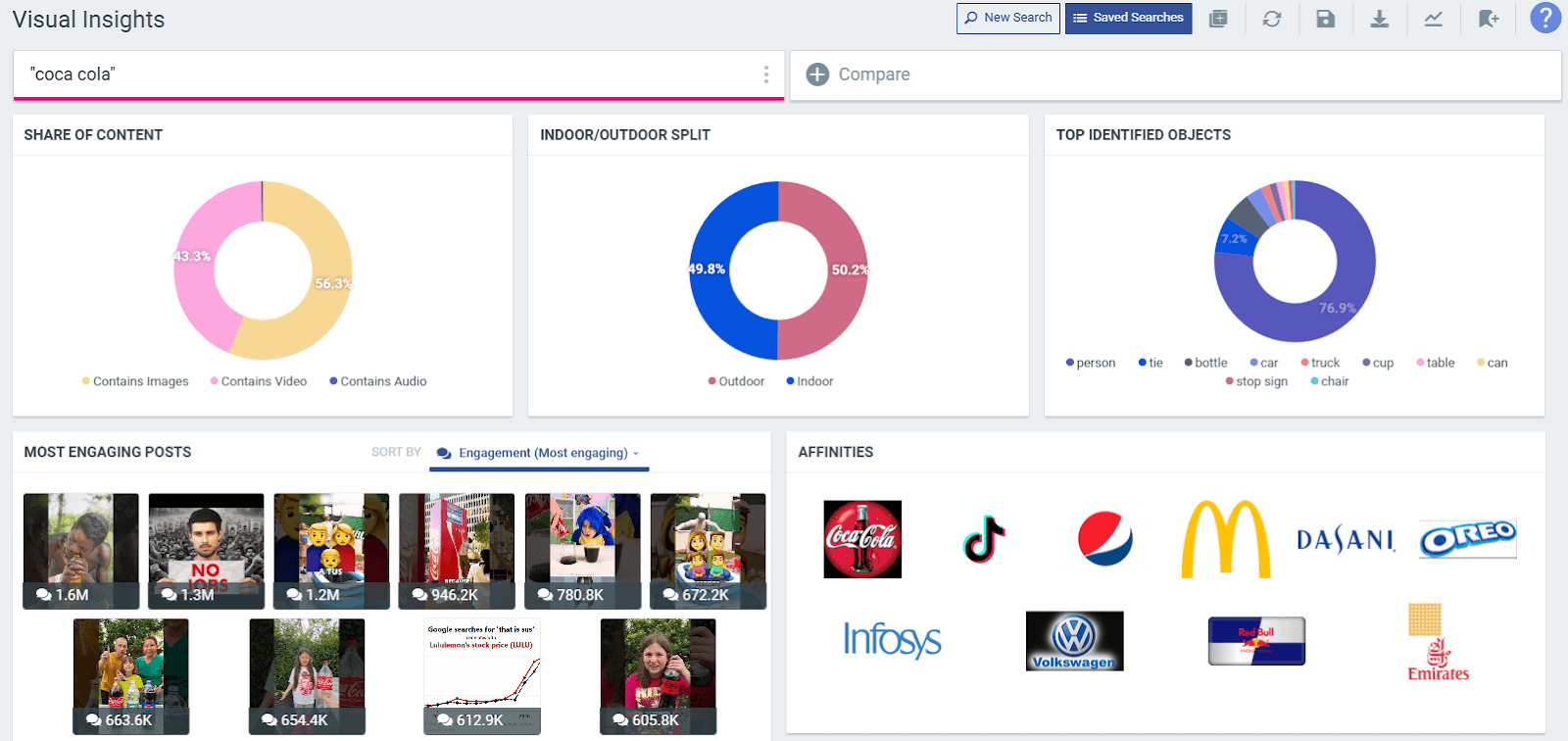
Company representatives
Tracking what people say about your company's leaders helps protect both the executives' and the brand's reputation.
Take Coca-Cola's CEO James Quincey: his public statements about innovation and product strategy often spark industry discussions and affect brand perception.
Monitor mentions of:
Key executives and their statements
Leadership team interviews
Spokesperson comments
Employee discussions on platforms like LinkedIn
Expert quotes in industry coverage
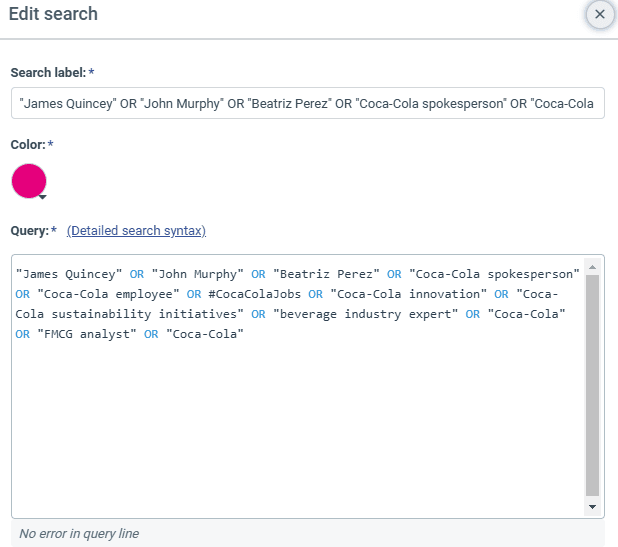
__CONTENTFUL_MEDIA_16__
For example, Quincey discussed how Coca-Cola's innovation contributed 30% of its gross profit growth in 2023. This sparked conversations across business media and social networks about the company's future direction.
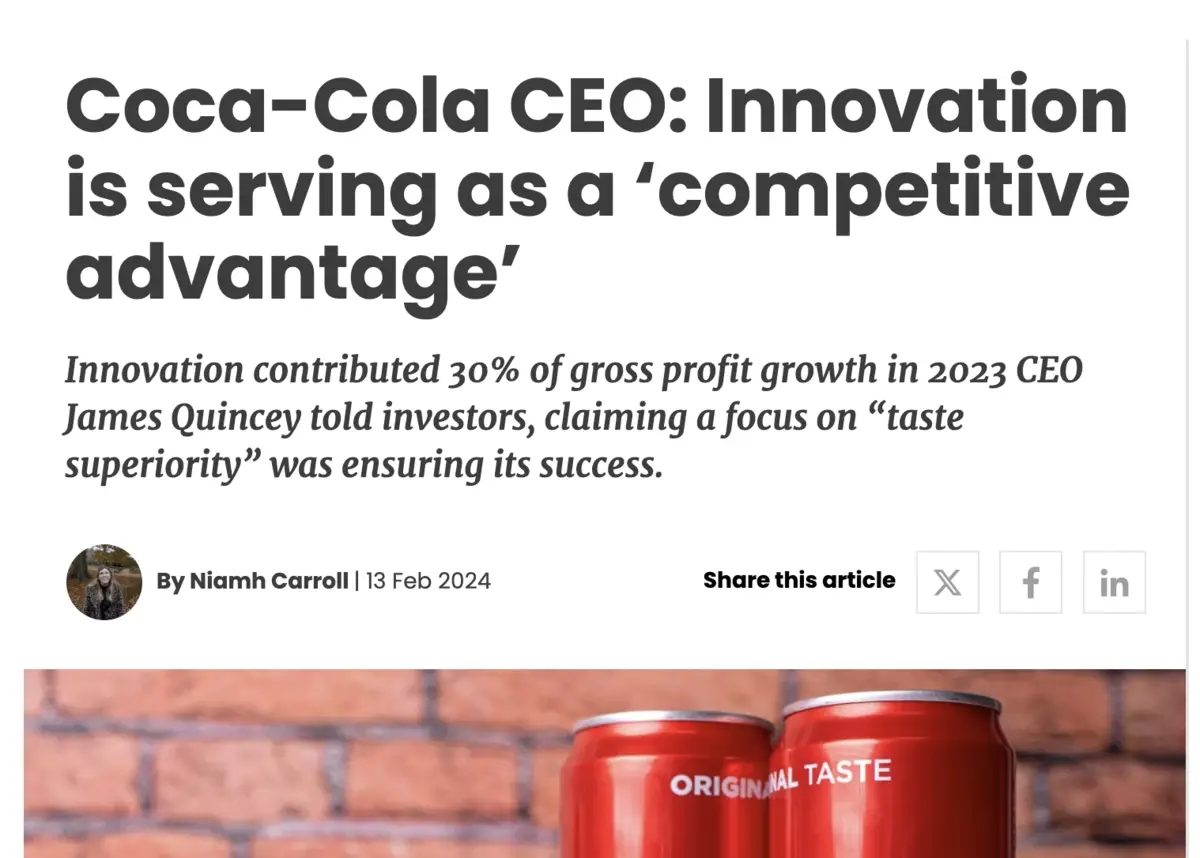
Industry conversations
Finally, following broader industry trends helps spot opportunities and informs your marketing strategy.
For beverage brands like Coca-Cola, this means tracking:
Consumer preferences (e.g., sugar-free drinks, natural ingredients)
Health and wellness trends
Sustainability discussions (packaging, recycling)
Competitor analysis results and product launches
New beverage categories gaining market research attention
For example, when consumers started showing more interest in ready-to-drink cocktails, Coca-Cola partnered with Jack Daniel's to enter this growing market segment. A move that required careful
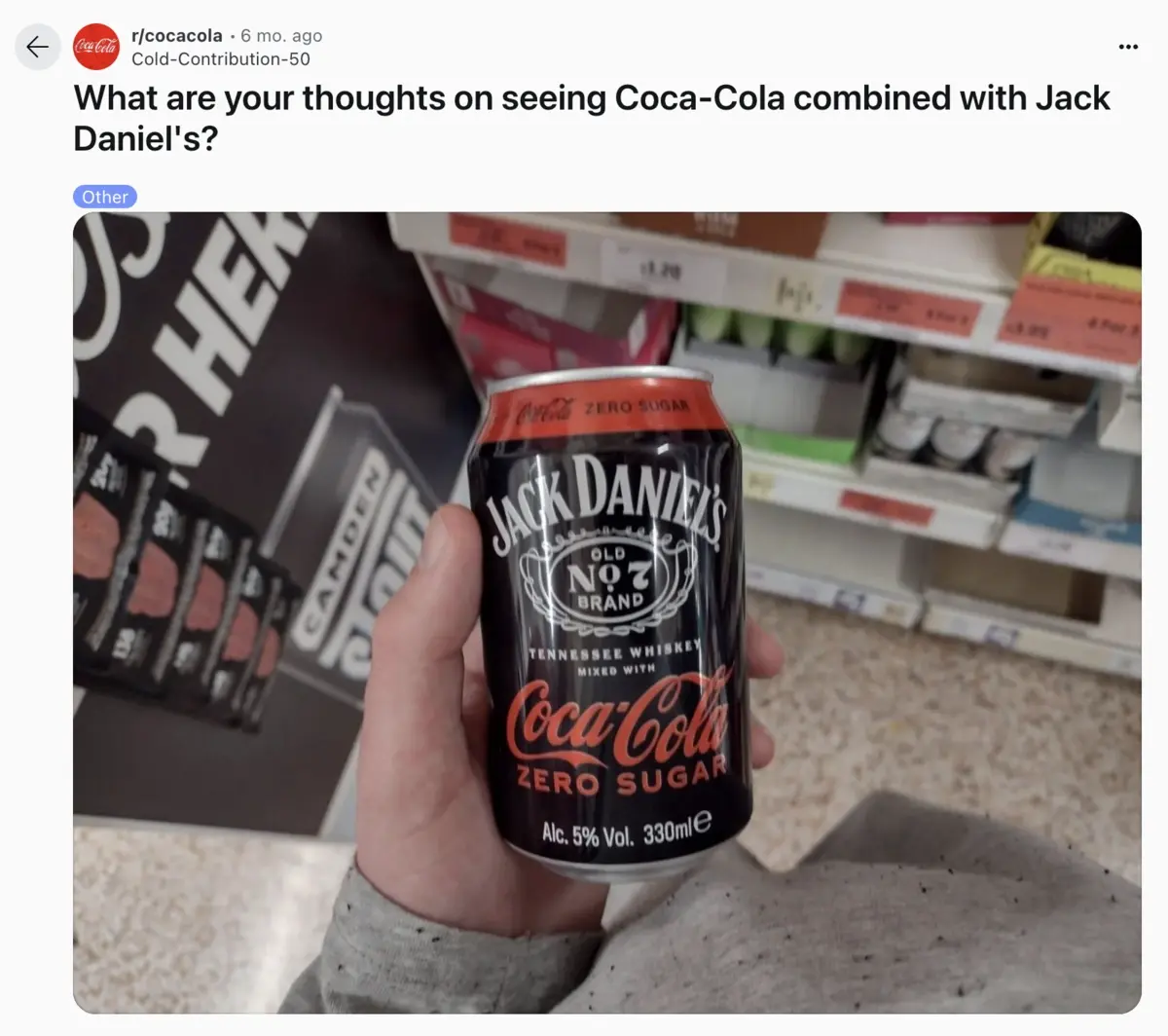
What channels should you track for brand mentions?
Your brand exists wherever people talk about it—from TikTok comments and news articles to review sites and industry forums.
Each channel gives you unique insights into what customers think and how your brand is perceived.
Let's break down the key channels you need to monitor and how to do it effectively.
Social media platforms
This is where most brand conversations happen in real-time.
It's a key part of any brand monitoring strategy, helping you track both direct mentions and broader social mentions of your brand.
Social media channels also offer different insights.
For example, Twitter/X captures immediate reactions and hashtag trends, while LinkedIn helps track industry trends and employee sentiment.
You can start by manually searching mentions on various platforms:
Use Twitter/X Advanced Search to find brand mentions and relevant hashtags
Check Instagram and TikTok hashtags and location tags
Monitor social media posts through native platform analytics
For in-depth monitoring and instant notifications, use social listening tools like Talkwalker.
It tracks mentions across 30 social media platforms, conducts
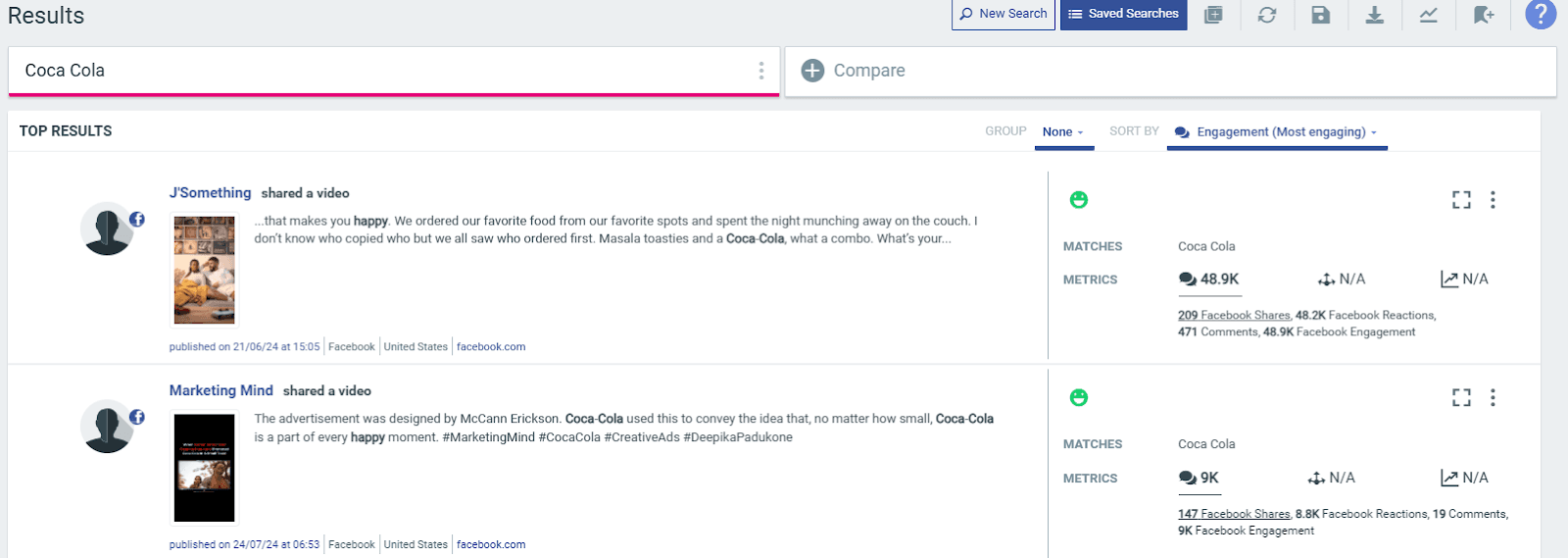
situation if you don't catch it early.
You can monitor various related platforms, including:
News sites and online magazines
Industry publications
Press releases
Podcasts mentioning your brand
Blog posts from industry experts
Similarly, many brands start tracking news alerts through Google Alerts. But it misses paywalled content and often delivers notifications with a delay.
Specialized brand monitoring software also tackles these limitations. It provides access to real-time monitoring, sentiment tracking in news articles and competitor analysis.
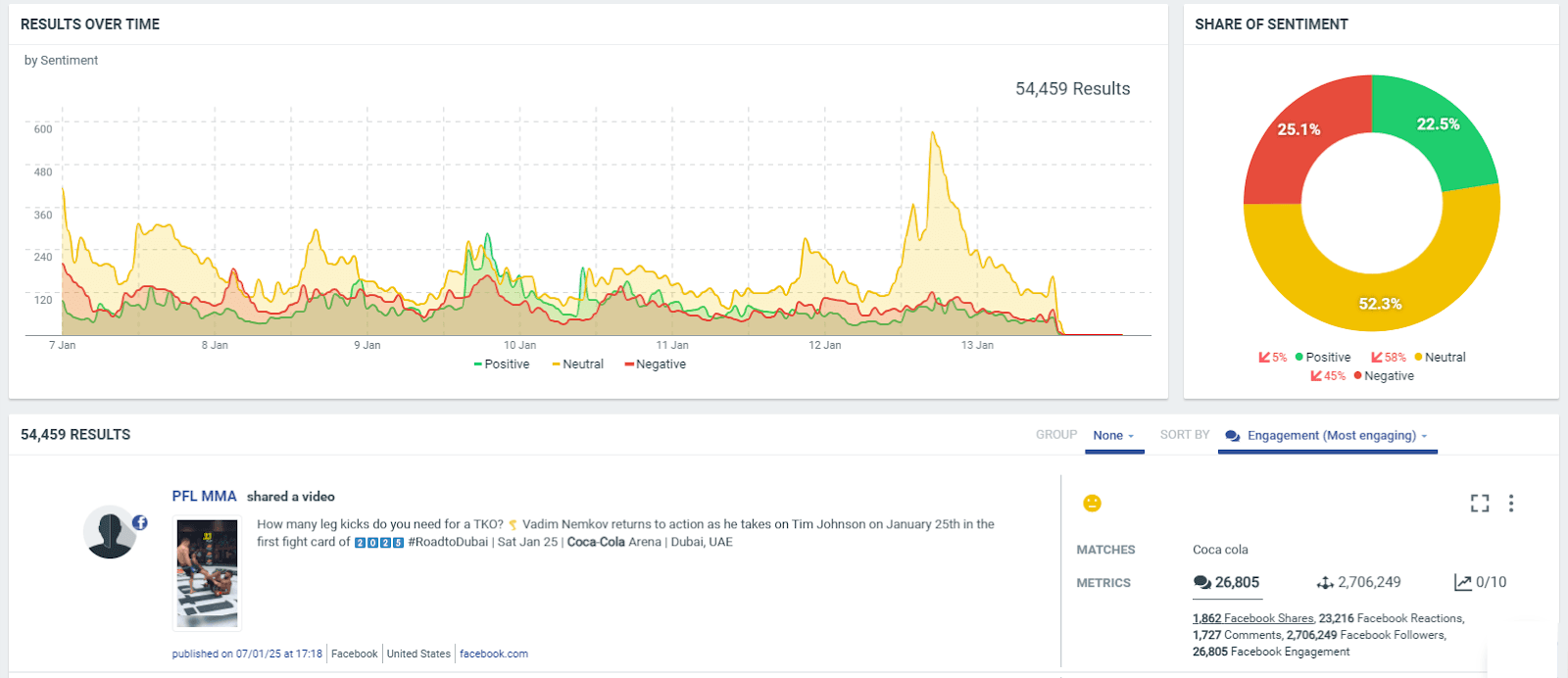
Forums and communities
Online forums give you raw, unfiltered feedback about your brand.
They often contain detailed discussions you won't find on regular social media channels—such as longer comments about your products, honest comparisons with competitors, and even feature requests.
They might also help you find questions frequently asked by your target audience—and address them with your content.
Such platforms include:
Reddit
Quora
LinkedIn and Facebook groups
Slack communities
Online niche forums
And more.
There are different ways you can monitor forums.
For example, by using Reddit’s and Quora’s built-in search, joining industry-specific forums, and sponsoring closed Slack communities.
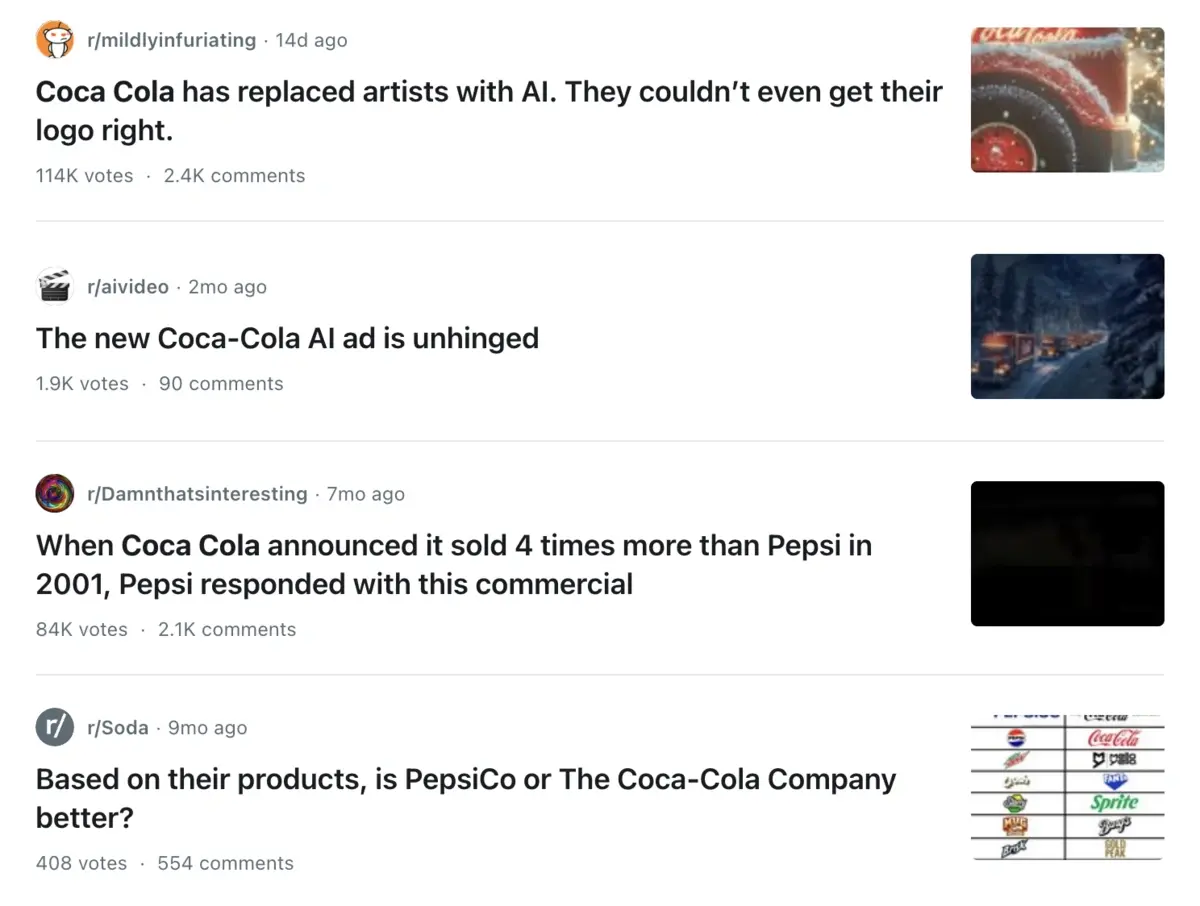
Similarly to other channels, you can automate tracking relevant messages in forums and communities with specialized brand monitoring tools like Talkwalker.
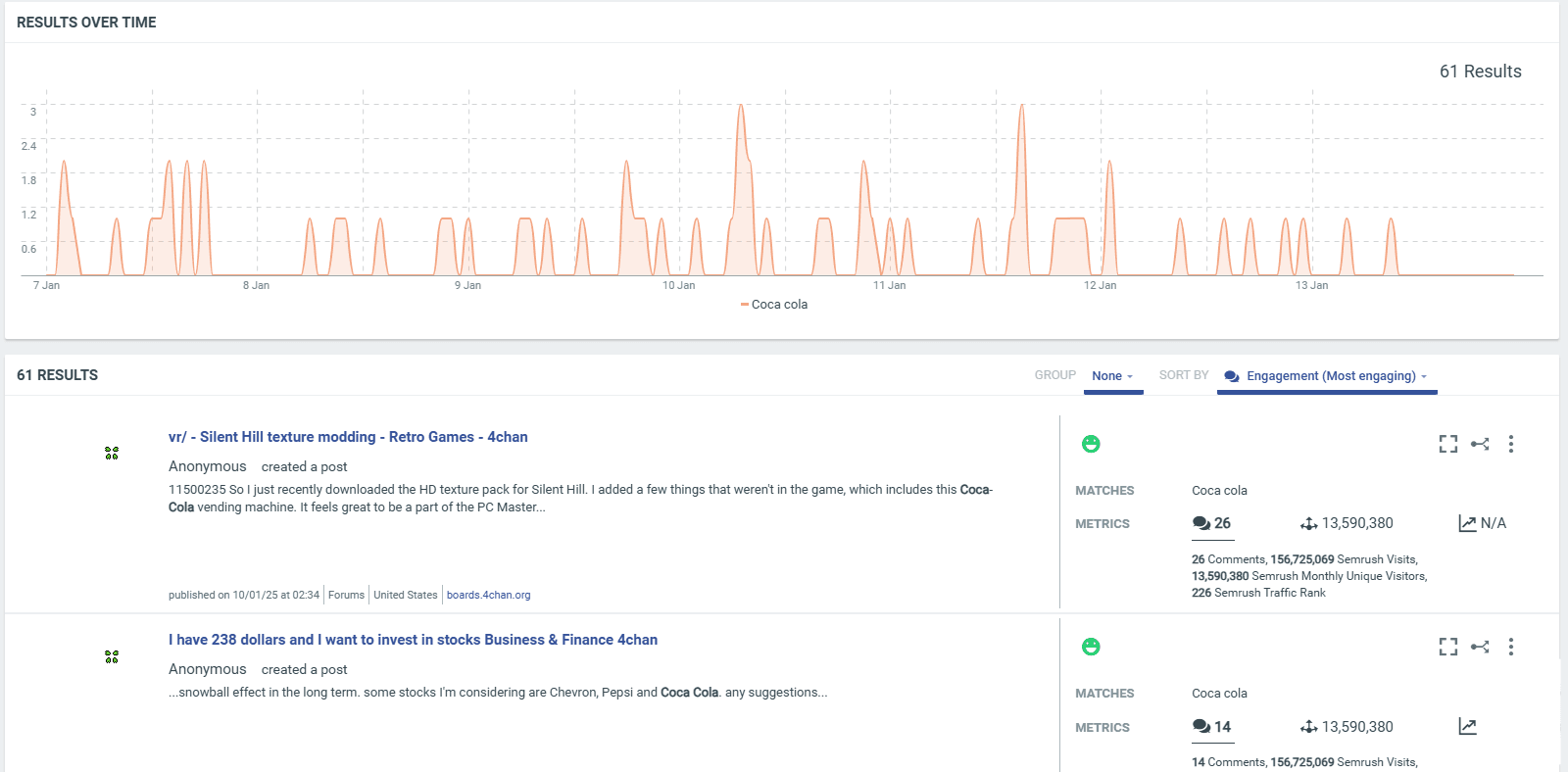
Visual and audio platforms
You can—and should—also monitor visual and audio content featuring your brand and related terms.
These include product photos on Instagram and Pinterest, unboxing videos and reviews on TikTok and YouTube, podcasts, as well as memes and influencer content.
The caveat?
It’s almost impossible to find such mentions manually at scale, and many traditional monitoring tools tend to miss them.
At the same time, more advanced platforms like Talkwalker can help you find:
Brand logos, objects, and scenes in images and videos across social media platforms and online sources
Brand presence in images, videos, and audio clips, even when the brand name is not mentioned
Product placements in videos
User-generated content featuring brand imagery
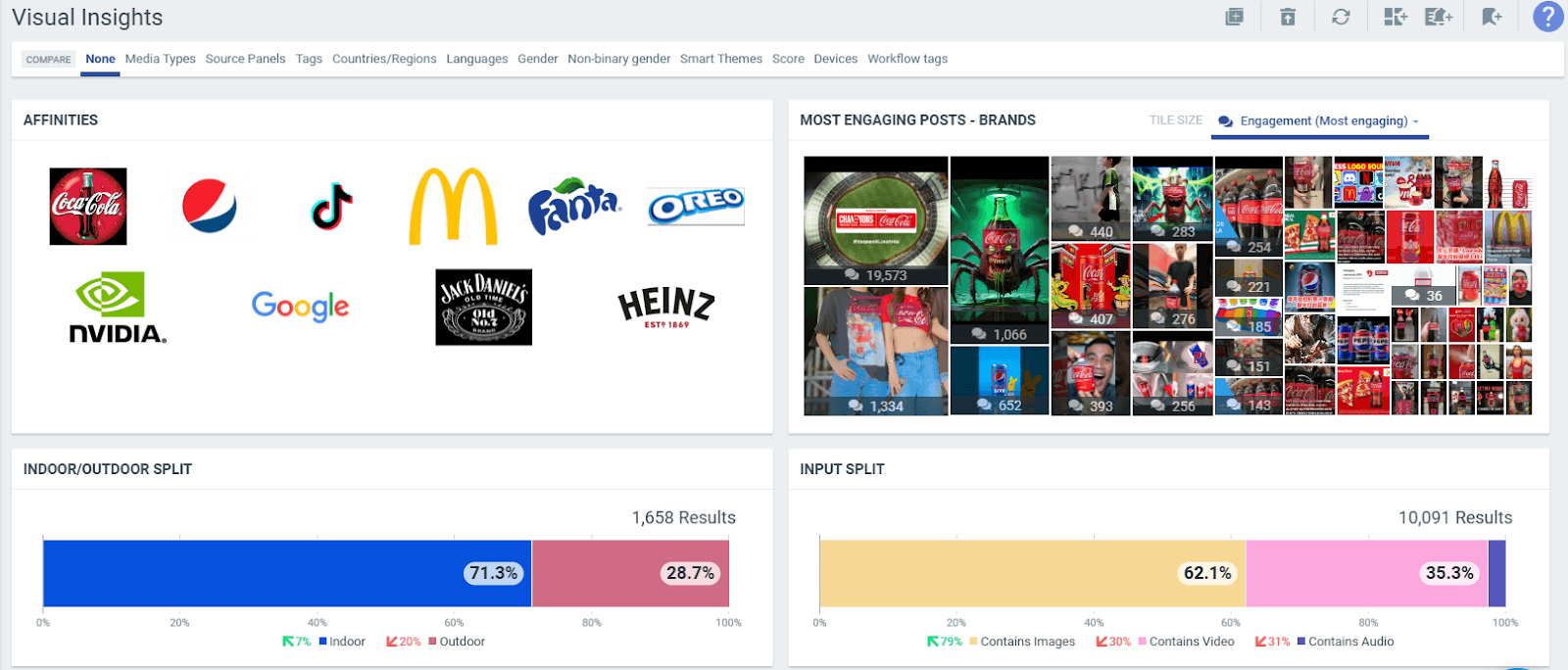
Blogs and comments sections
Finally, blog posts and their comment sections often contain detailed discussions about your brand.
Unlike quick social media posts, these longer formats give you deeper insights into what people think about your products and services.
You might find long-form product reviews of your brand, product mentions integrated by bloggers and other companies, and other types of relevant articles.
Monitoring blogs helps you:
Find detailed product reviews and comparisons
Track industry expert opinions
Spot customer pain points in comments
Discover new backlinks to your website
For example, here’s a blog post reviewing Coca-Cola’s new Spiced flavor:
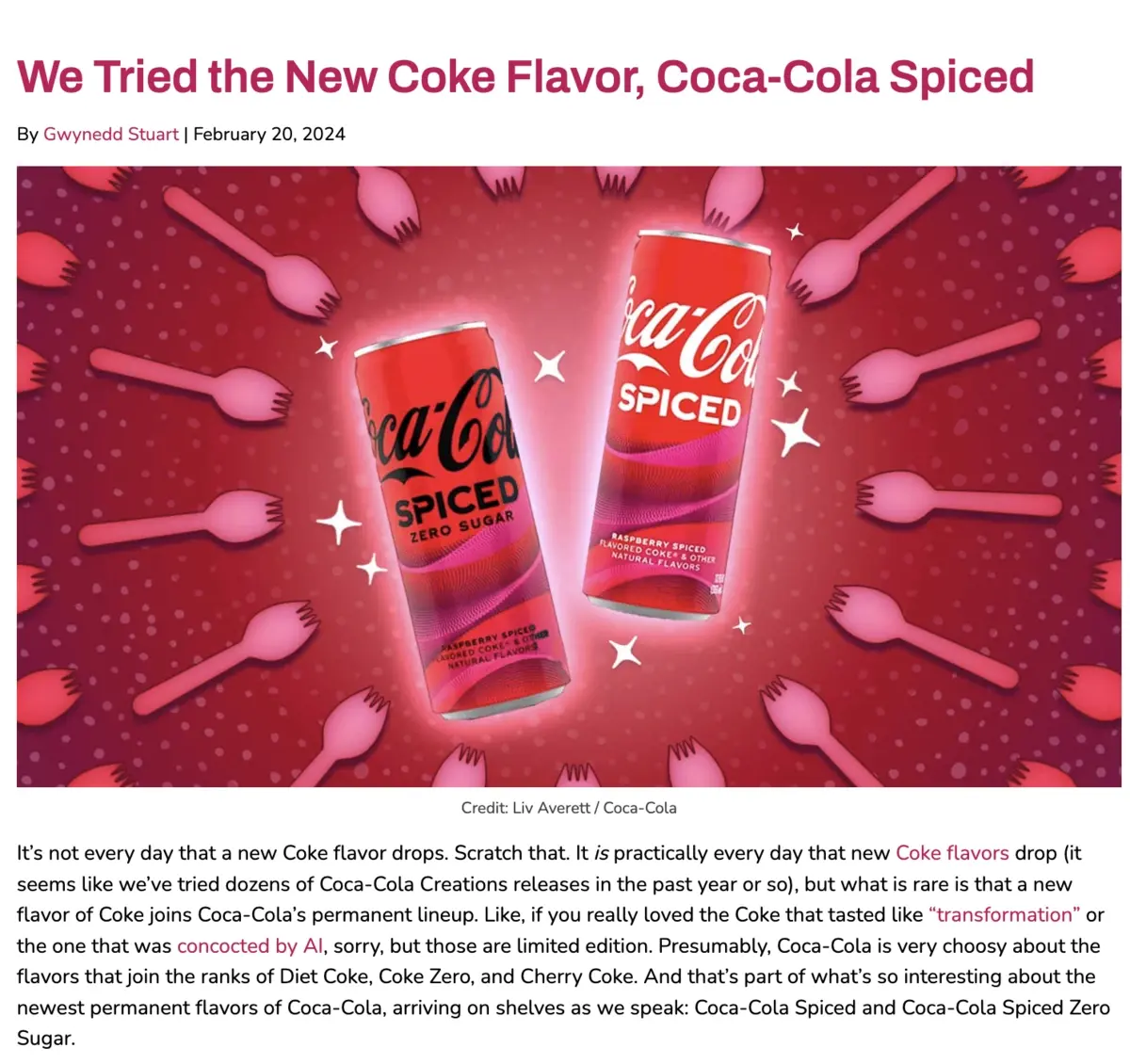
The top 5 brand monitoring tools to use in 2025
Ready to start tracking brand mentions? Finding the right monitoring tool is your first step.
Here are the top five solutions to choose from in 2025.
1. Talkwalker
Best for: Enterprise-level brand monitoring and social listening across all channels
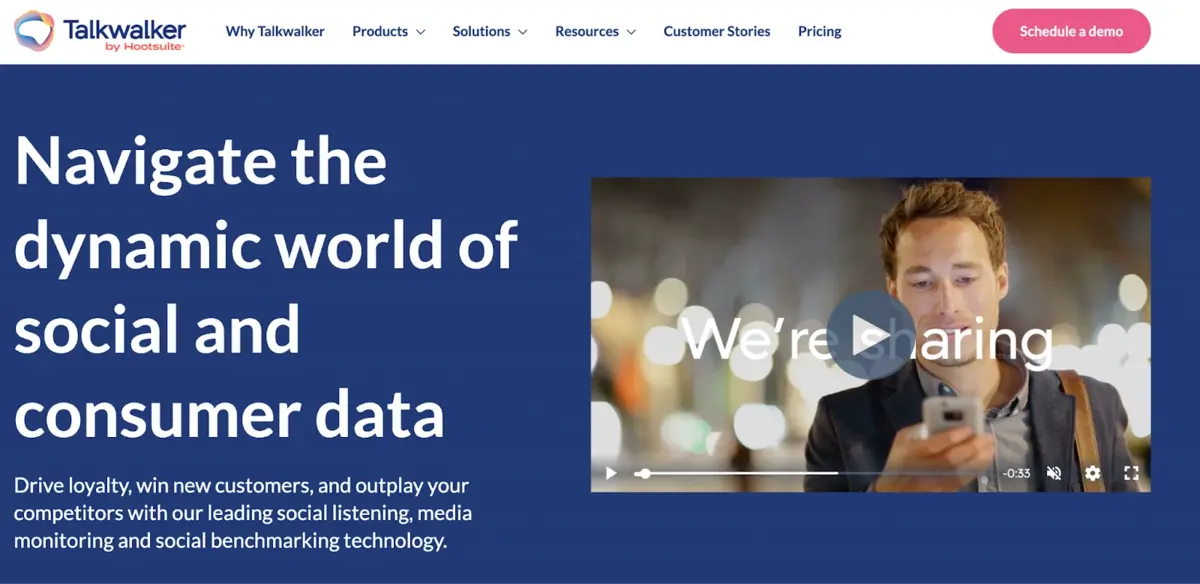
Talkwalker is a social listening and brand monitoring platform that helps track mentions across social media, news sites, blogs, and forums.
Our Blue Silk™ AI technology processes data from over 150 million online sources to help you understand and engage with your audience.
You can use it to find relevant brand mentions, analyze online sentiment, get instant alerts, find hidden insights using intuitive dashboards, and even spy on your competitors.
Key features:
Sentiment analysis in 50+ languages to understand how people feel about your brand
Image and video recognition to find visual brand mentions
Real-time alerts for emerging issues and trends
Coverage of 30+ social media platforms
Monitoring of news sites, forums, and review platforms
Crisis detection and management tools
Competitive benchmarking and analysis
Visual dashboards and custom reports
Price:
Request a custom quote.
2. Hootsuite
Best for: Simplified social media listening
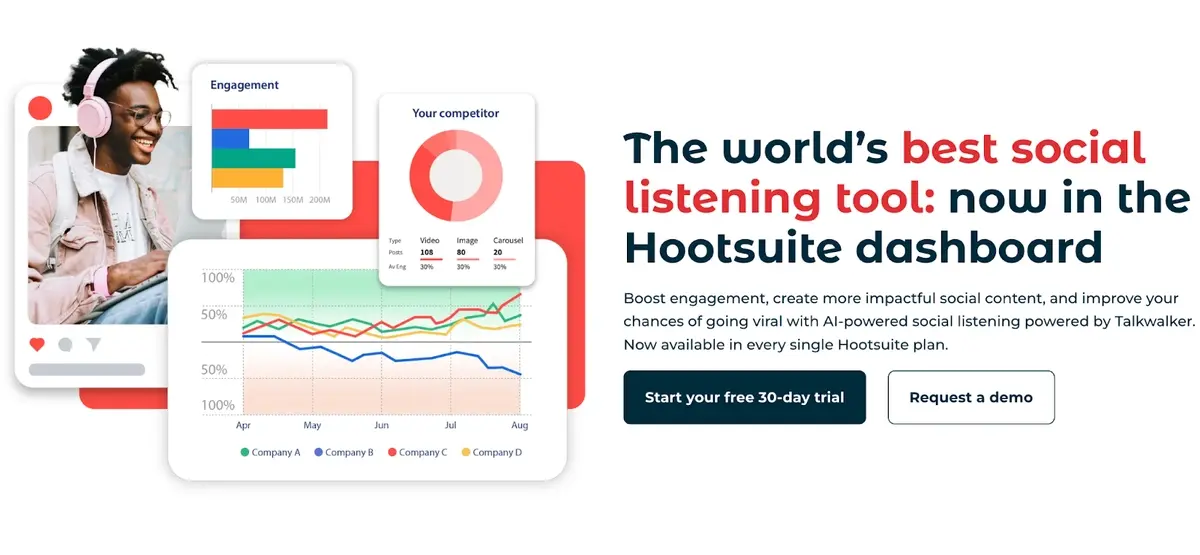
Hootsuite is an all-in-one social media management tool that also includes built-in social listening powered by Talkwalker.
You can monitor brand mentions, track trends, and get a feel for how people view your brand—all from one easy-to-use dashboard.
Even the basic plans include social listening tools, so small teams and solo marketers can make smarter decisions.
For bigger teams, Hootsuite Listening gives you all the advanced insights you need to fine-tune your strategy.
Key features:
The Blue Silk™ AI for summarizing trends and audience sentiment
“Quick Search” for finding mentions, trending topics, or industry discussions in seconds
Sentiment analysis to see how people feel about your brand
Alerts to jump on issues and trends as they happen
Forecasting tools to predict future trends
Visual recognition to track brand mentions in videos, memes, and images
Price:
Starts at $99/month.
3. Google Alerts
Best for: Basic media monitoring at no cost
Google Alerts is a simple, free tool that keeps you updated on the latest mentions of your chosen keywords online.
It’s perfect for staying informed about your brand, industry news, competitors, or any topic you’re interested in.
Just set up an alert for a keyword, and Google will email you whenever it finds new results on the web—like news articles, blog posts, or websites—matching your search terms.
Key features:
Free to use with no subscription required
Email notifications for new mentions of your keywords
Easy setup with customizable alert frequency (daily, weekly, or as-it-happens)
Tracks mentions across news, blogs, and general web content
An option to create multiple alerts for different topics or keywords
Pricing:
Free.
4. Keyhole
Best for: Advanced social media tracking and campaign analytics
Keyhole is a social media analytics and listening tool that helps you track online conversations, covering everything from hashtag tracking to influencer monitoring
You can use it to track brand mentions, analyze audience sentiment, and monitor your competitors on platforms such as TikTok, Instagram, Facebook, and more.
Its intuitive dashboards also let you find important insights in your data and make strategic decisions.
Key features:
Social listening to track mentions of your brand, competitors, and industry trends
Historical insights to inform strategies with past data
Multi-platform insights for TikTok, Instagram, Facebook, LinkedIn, and more
Sentiment analysis
Influencer tracking
Hashtag and keyword analytics
Custom dashboards and reports
Pricing:
Offers pay-as-you-need pricing. Request a custom quote.
5. Mediaboard
Best for: Enterprise-level media monitoring and PR management
Mediaboard is an all-in-one platform for media monitoring, PR management, and audience engagement.
It lets you track brand mentions across online, traditional, and social media and offers
advanced analytics to measure campaign performance.
With tools like crisis management, sentiment analysis, and competitor tracking, Mediaboard helps protect and grow your brand’s reputation.
The platform also supports PR teams with features like Mediaboard Connect, allowing you to craft, publish, and track press releases to maximize outreach.
Key features:
Real-time media monitoring across newspapers, TV, radio, podcasts, and social media
Advanced media analytics to evaluate campaign performance
Crisis management tools to identify and address risks to your brand’s reputation
Competitor analysis tools
Mediaboard Connect for crafting and publishing press releases
Customizable dashboards
Pricing:
Request a custom quote.
Grow a stronger brand with media monitoring
Brand monitoring helps you understand how customers perceive your brand, find original content for various channels, and prevent potential PR issues.
To get the most out of it, focus on tracking:
Brand mentions and variations: Monitor different spellings, nicknames, and abbreviations of your brand to ensure full coverage.
Products and campaigns: Follow conversations about your product lines, features, and marketing efforts like hashtags and slogans.
Key stakeholders: Track mentions of company leaders, spokespersons, and employees to manage reputation effectively.
Visual mentions: Use specialized tools that recognize your logo, packaging, and other visuals in posts and videos where your brand isn’t tagged.
Industry trends: Stay on top of changing customer preferences, competitor activity, and new market opportunities.
Don’t forget to cover the right channels: social media, review sites, news outlets, forums, blogs, and visual platforms like Instagram and YouTube. Each channel gives unique insights into customer feedback, sentiment, and opportunities for engagement.
Ready to take control of your brand monitoring? Explore Talkwalker’s social listening tools or request a free demo to see how you can start tracking what matters right away.
